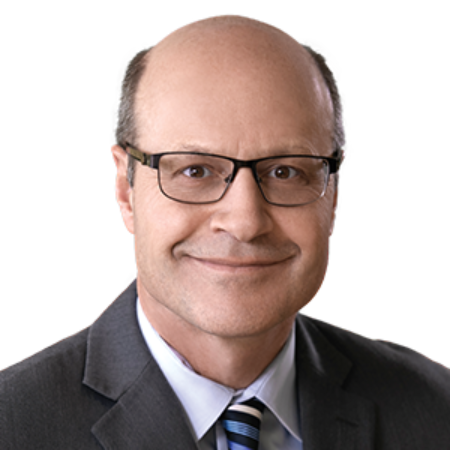Old man winter is upon us, and with it, the season brings colder temperatures and more time indoors. Unfortunately, it may also bring the spread of illness-causing germs with it.
According to the Centers for Disease Control and Prevention (CDC), influenza is a year-round public health issue with peak activity between December and March. This means the time is now to ensure you are doing everything you can to reduce the risk of illness for people who are using your facilities.
The CDC recommends the “Take 3” approach to help reduce chances of contracting the flu virus. This includes:
- Getting a flu shot
- Taking preventive actions to stop the spread of germs
- Taking antiviral drugs, if prescribed by a doctor.
In regards to the last tip: While there are a variety of everyday preventive actions people can take to reduce the spread of infection, such as frequently disinfecting high-touch objects and surfaces like doorknobs and keyboards, one of the most important measures building occupants can follow is the practice of good hand hygiene.
The Importance of Good Hygiene
The CDC has reported that more than 80 percent of illnesses can be transmitted by the hands, which is why practicing good hand hygiene throughout the day is so important.
Practicing good hand hygiene at key moments—which includes either handwashing with soap and water or using a well-formulated alcohol-based hand sanitizer when soap and water is not convenient—is important in keeping everyone healthy. Proper hand hygiene is one of the best and simplest ways to remove germs, avoid getting sick, and prevent germs from spreading to others. This involves more than just splash-and-dash handwashing; following the proper technique for handwashing and hand sanitizing is just as important.
How to Wash Hands
The entire handwashing process should take at least 20 seconds. A good procedure is to:
- Wet hands with water.
- Apply enough soap to create a lather to cover all hand surfaces.
- Rub hands palm to palm.
- Carefully scrub fingers, the back and front of hands, and each thumb.
- Rinse hands with water.
- Gently dry hands with a clean paper towel.
How to Sanitize Hands
When it comes to hand sanitizing, the entire process should take approximately 15 seconds:
- Apply a dime-sized amount of an alcohol-based hand sanitizer, enough to cover all surfaces of your hands.
- Rub the sanitizer into the palms of your hands, fingers, back and front of hands, and thumbs.
- Continue rubbing hands together until hands are dry.
When to Wash and Sanitize Hands
Hand hygiene is one of the most important preventive measures we can take to reduce our risk of getting ill, and it is critical to remember to practice hand hygiene at key moments, which include:
- After using the bathroom
- After sneezing or coughing
- Before eating
- Before, during, and after food preparation
- Before and after caring for someone who is ill or spending time around someone who is sick
- After touching anything that is in a high-traffic area that may have been touched by many different hands, such as a grocery cart handle, a phone, or a handrail.
Winter-Germ Season Recommendations
Follow the below tips to help make sure practicing good hand hygiene is as easy as possible for building occupants and custodial staff this winter-germ season:
- Start by making sure all hand soap dispensers are in good working order with sealed refills available.
- Establish norms and etiquette for good hand hygiene. Make hand sanitizer easily accessible and available in areas where people congregate so they can sanitize hands after sneezing or coughing and during mealtimes.
- Place hand sanitizer dispensers near restroom exits to help prompt people who don’t typically wash their hands after using the restroom. Touch-free dispensers, according to a 2005 report published in theAmerican Journal of Critical Care, have been shown to increase use by nearly 20 percent.
- Provide portable hand sanitizing wipes or an alcohol-based hand sanitizer for use when soap and water are not available or practical.
- Place alcohol-based hand sanitizer where building occupants can easily access it. It is recommended to have an alcohol-based hand sanitizer at or in the following areas:
- Entrance/lobby
- Elevator banks
- Work areas
- Reception desk
- Fitness facility/locker rooms
- Restrooms
- Break room/cafeteria
- Conference and meeting rooms
- Shared workspaces.
Remember that good hand hygiene, which includes having the right products available in the right places, is a simple, yet important, step we can take to reduce our risk of getting ill and improve overall public health.




